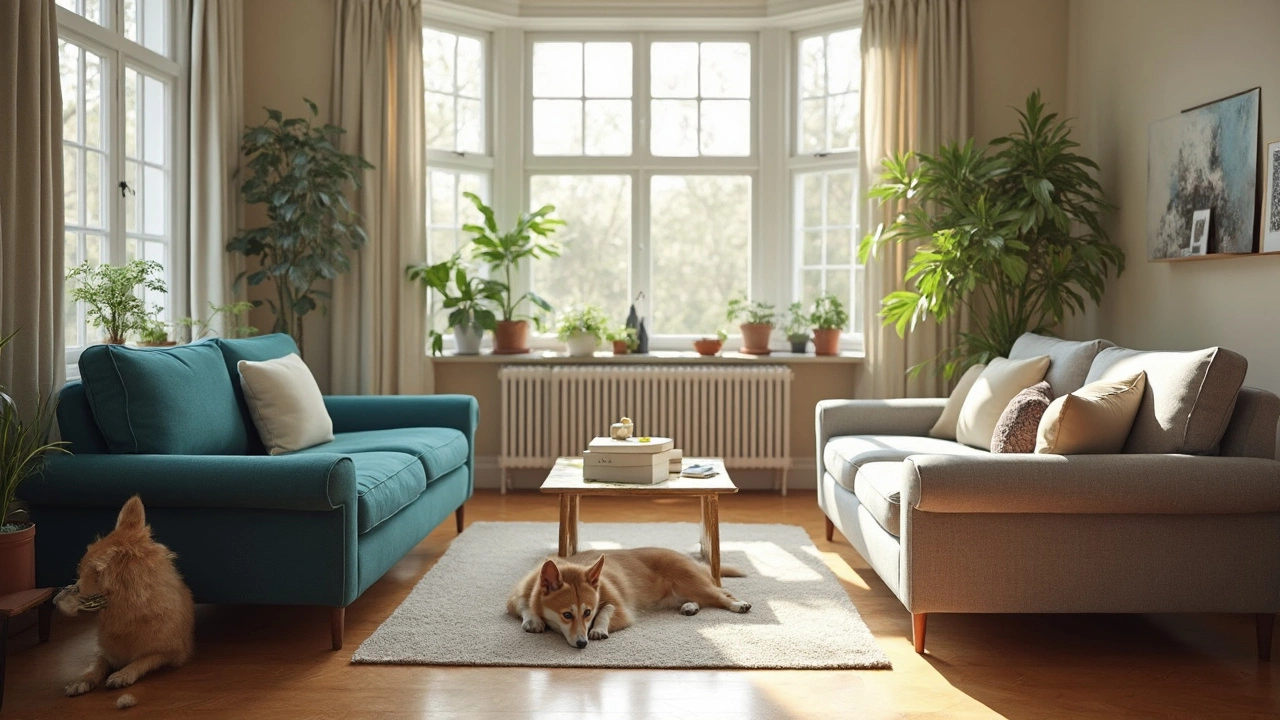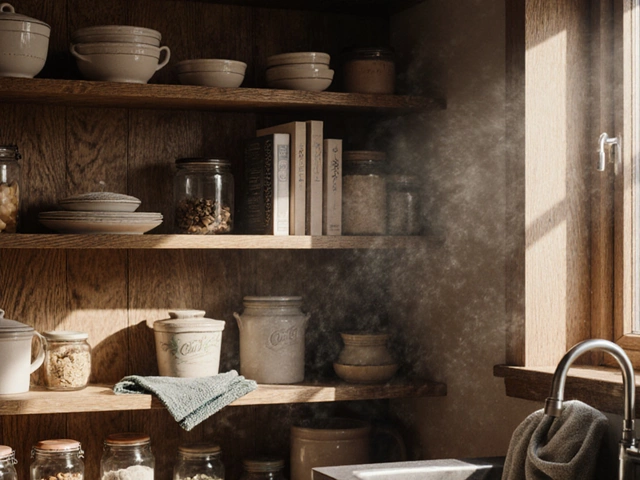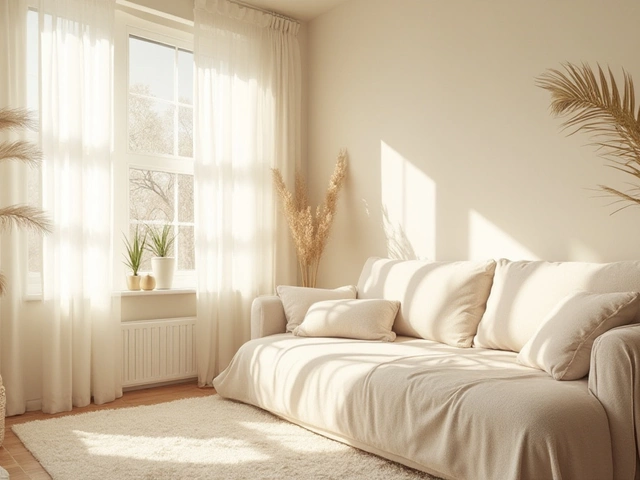Couch Guide: How to Choose, Style, and Save
Looking for a new couch? You’re not alone. Most people spend a lot of time worrying about the right size, the right look, and the right price. Below you’ll get straight‑forward advice that helps you move from confused to confident.
How to Choose the Right Couch Size
The first step is measuring your space. Grab a tape measure and note the width of the wall, the depth of any windows, and the distance to doors. A common mistake is buying a couch that blocks the flow of traffic. As a rule of thumb, leave at least 30 cm (about a foot) in front of the couch for easy movement.
Most living rooms work well with a three‑seater couch that’s around 84 inches (about 213 cm) long. This size fits most UK flats and gives enough room for two people to sit comfortably while a third can stretch out. If your room is smaller, consider a compact two‑seater or a sofa with removable arms. Bigger rooms can handle sectionals or a larger L‑shaped couch, but make sure you have a clear path to the main doorway.
Depth matters too. A deeper seat (around 58‑60 cm) is great for lounging, but if you like to sit upright to read or work, a shallower depth (about 50 cm) feels more comfortable. Try sitting on a couch in a store and see which depth feels natural for you.
Styling Your Couch with Cushions and Décor
Once the size fits, the next fun part is making it look like yours. Cushions are the cheapest way to add colour, texture, and personality. Start with two or three larger cushions in a solid colour that matches your walls, then add a couple of patterned pillows for contrast. If you’re not sure about bold patterns, stick to subtle stripes or simple geometric shapes.
Mixing fabrics also adds depth. Pair a soft linen cushion with a velvet throw for a tactile mix that feels inviting. Keep the number of cushions practical – too many can look cluttered and make the couch feel heavy. A good rule is one cushion per seat plus an extra for a splash of style.
Don’t forget the space around the couch. A small side table or a floor lamp can create a cosy corner for coffee or a good book. If you have a rug, make sure at least the front legs of the couch sit on it; this ties the whole room together and stops the couch from looking floating.
Finally, think about price. Couches often have a markup of 50‑70 % over the manufacturing cost. Look for sales, clearances, or outlet sections on furniture sites. Buying a slightly older model can save you big money without sacrificing quality. Checking reviews for durability and comfort can also help you avoid a bad buy.
In short, measure first, pick a size that suits your flow, add cushions that reflect your style, and hunt for deals. Follow these steps and you’ll have a couch that fits, looks great, and doesn’t break the bank.

Loveseat vs Couch: Which One Actually Fits Your Space?
Stuck between buying a loveseat or a couch? This article breaks down the real differences, showing where each option shines—and where it falls flat. From space-saving tricks to hosting hacks, you'll find straightforward tips to help you decide. You’ll also get practical advice on comfort, cost, and the way these pieces change your living space. No-nonsense answers for anyone rethinking their sofa situation.
Categories
- Storage (27)
- Bathroom (18)
- Sofas (15)
- Curtains (15)
- Home Decor (12)
- Bedding (11)
- Kitchenware (11)
- Cushions (11)
- Mirrors (10)
- Rugs (9)
Popular Articles



